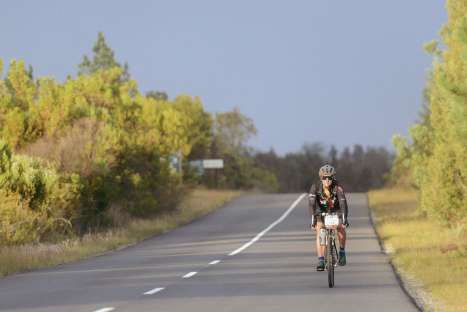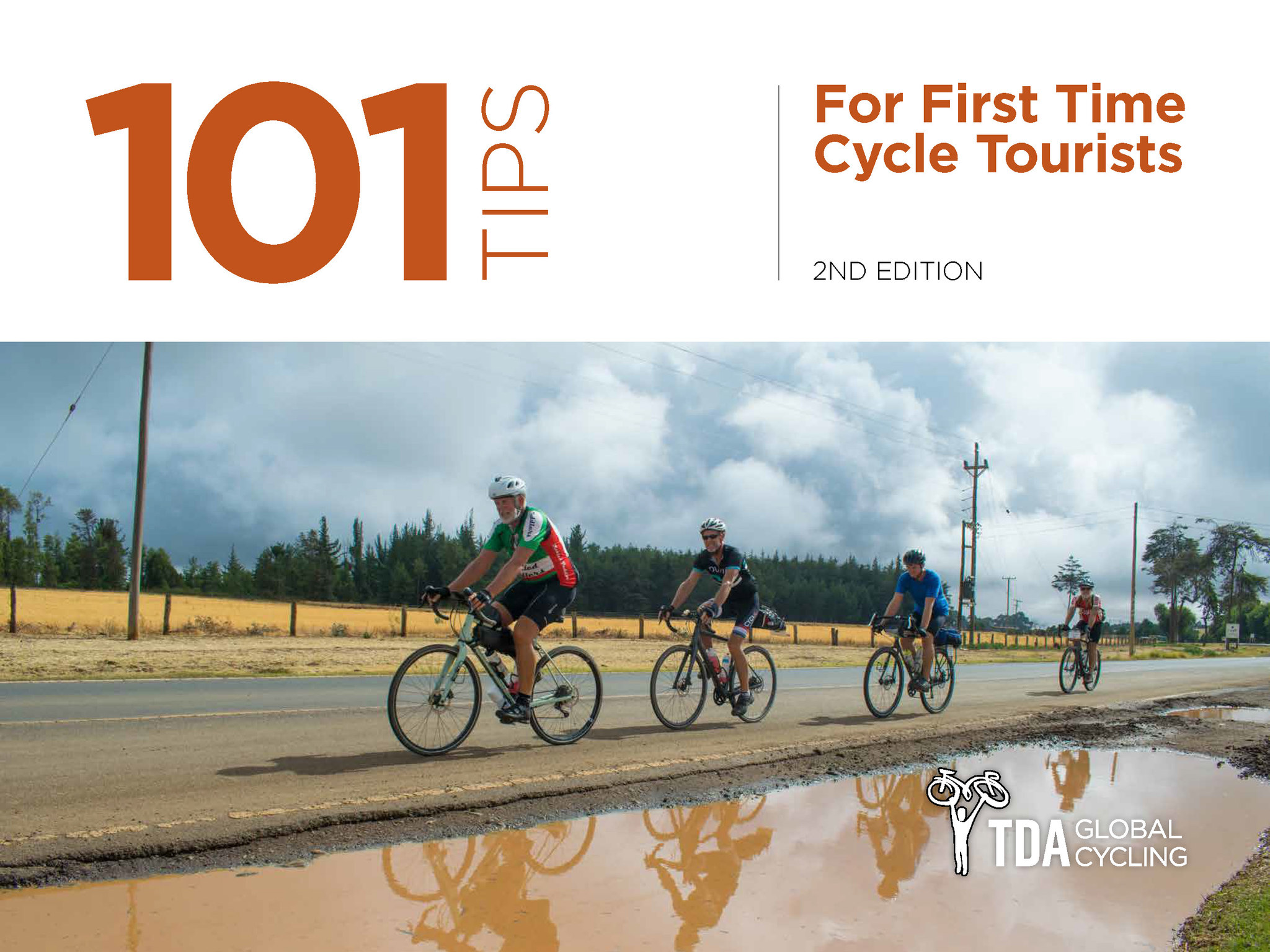Blog
Ostrich Alert!
Tate Drucker was the Content Creator on the 2022 Tour d’Afrique. Here she looks back on one of the quirkier stops on this year’s tour.
Brilliantly orange sheer cliffs flank the edges of a winding road, guiding the cyclists of the Tour d’Afrique through deep, scenic gorges that cut through the landscape like scars. Red mountains painted with lime green lichen, small streams glinting in the morning sunlight, and twisting, curved rocks which tell the story of a landscape that abruptly changed and shifted over the course of millions of years has been the backdrop for this stretch of the trip.

As the riders moved inland from the coast and into the Karoo — a semi-desert region in the Western Cape of South Africa — the towns they passed through mirrored the history-steeped landscape that envelopes them. There’s the sense that every passing place has a story, and a foregone history attached.
After three days of cycling up steep mountain passes and down spiralling switchbacks, the cyclists landed in Oudtshoorn for a rest day — an unassuming, sprawling town sitting in the centre of the windswept Karoo. It doesn’t take visitors too long to realize what makes Oudtshoorn so unique: there’s something that almost every storefront, every restaurant, every shop, and every guesthouse has in common. There’s always — always — a mention of ostriches.

Oudtshoorn is known as the ‘Ostrich capital of the world’. Ostrich farms flank the edges of the highway as one approaches this Karoo town, with its famous giant, whimsical birds craning their necks towards the cyclists pedalling past. But why did a small town in the desert become the world’s epicentre for these gangly creatures?
In the 1800s, ostrich feathers were seen as high fashion by Europeans, and the demand for their feathers in Britain was skyrocketing. The extremely arid, hot, and dry climate of Oudtshoorn — which already existed as a town under South African British rule — made it the perfect location to establish ostrich farms and feed the demand of the European market. Ostrich farming became so lucrative and successful that many farmers around Oudtshoorn tore up their agricultural fields in order to rear birds instead.
Although the demand for ostrich feathers has decreased dramatically over the years, Oudtshoorn has carried on the tradition of ostrich farming. Ostrich meat is considered to be some of the leanest meat available and their skins are often used in lieu of traditional cow leather. Multicoloured ostrich-leather purses, bags, and belts line storefronts along Oudtshoorn’s main touristic street. For curious visitors, there are countless ostrich farms around the town that offer activities such as ostrich safaris, ostrich meat tastings, ostrich hatchery visits and even ostrich riding.

The fact that Oudtshoorn has taken advantage of its ostrich reputation is evident: images of ostriches are plastered all over the town and almost every single restaurant and gift shop offers a selection of ostrich steaks, biltong, droëwors, or even ostrich-shaped candy.

The long, wide avenues of the town also reflect the riches of its ostrich-centric past. The opulent homes of feather salesmen and farmers built in the 1800’s still sit on the street corners behind wrought iron gates and manicured gardens. Whether or not visitors agree with the ethics of a town founded on the farming and rearing of South Africa’s iconic bird, its influence and significance in the Karoo is difficult to ignore.
So, a piece of ostrich biltong, anyone? When in Oudtshoorn…
RELATED
TOUR

Tour d'Afrique
Our original trans-continental journey and flagship expedition crosses Africa from north to south, covering 10 countries in all. Beginning at the...
 REGISTER NOW
REGISTER NOW




Leave a Comment for "Ostrich Alert!"